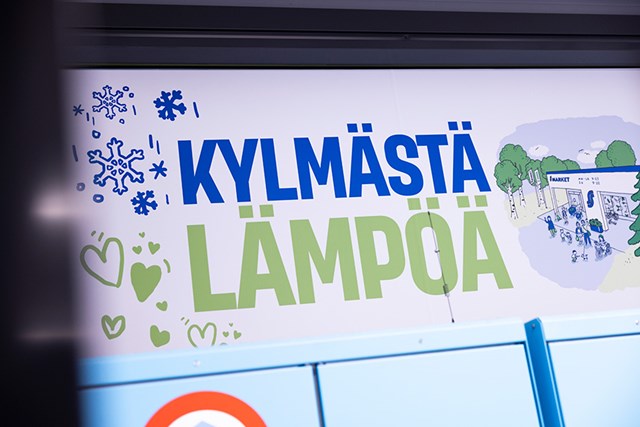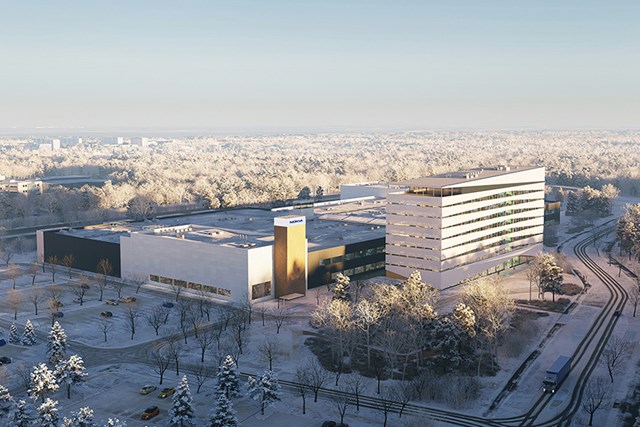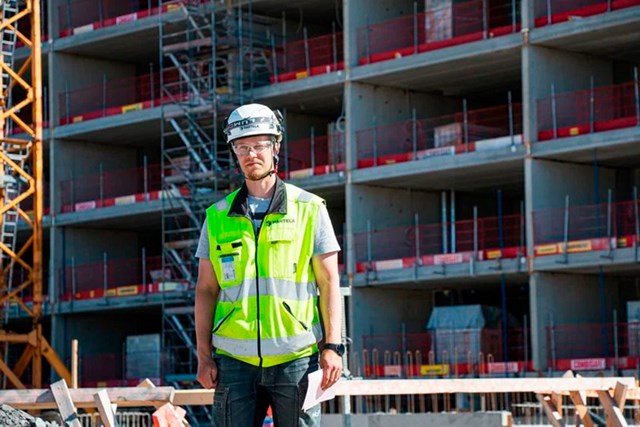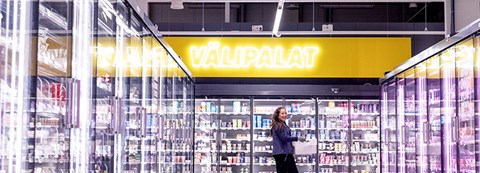Recovery of surplus heat
Properties and industrial operations generate a lot of surplus cold and heat energy, which can be recovered with current technology and pumped into the district heating network.
Smart multi-optimised energy solutions require close cooperation between the energy company and its partner, which brings benefits to both parties. Recovering surplus heat in the district heating network reduces the amount of fuels needed for Oulun Energia’s district heating production, thereby reducing our carbon dioxide emissions and improving our security of supply. It is also an act of sustainability from the donor of the cold or heat energy and improves the entity’s own energy efficiency.
Technically, it is typically an energy production system based on recovering the surplus heat from the property’s CO2 refrigeration system and energy from the heat pump connected to the system for the district heating network. The two-way district heating system is controlled by an automated system that is integrated into both the building’s and Oulun Energia’s control systems.
Examples of our projects

Arina’s Kauppakylmä
Oulun Energia and Osuuskauppa Arina have already implemented a new type of smart energy production system in two of Arina's S-Markets, Ritaharju and Oulunsalo.
Both sites are a part of the 2022 contract between Osuuskauppa Arina, Oulun Energia, and Caverion for the realisation of ten energy-smart commercial properties.

Nokia’s Energy Centre
Oulun Energia is building a smart energy centre for Nokia’s needs—it produces cooling and utilises waste heat in district heating network.
There are only a few plants in Finland that are able to produce district heat from the waste heat of the space and completely optimise its energy flows effectively. The energy centre is to be finished in early 2025.

Karjasillan Kulma
Karjasillan Kulma is the first residential area in Oulu to have a cooling network made possible by a district heating network. Hartela is the builder of the residential area. The construction work has started in 2021, and Karjasillan Kulma will be completed one building at a time in the next ten years.

